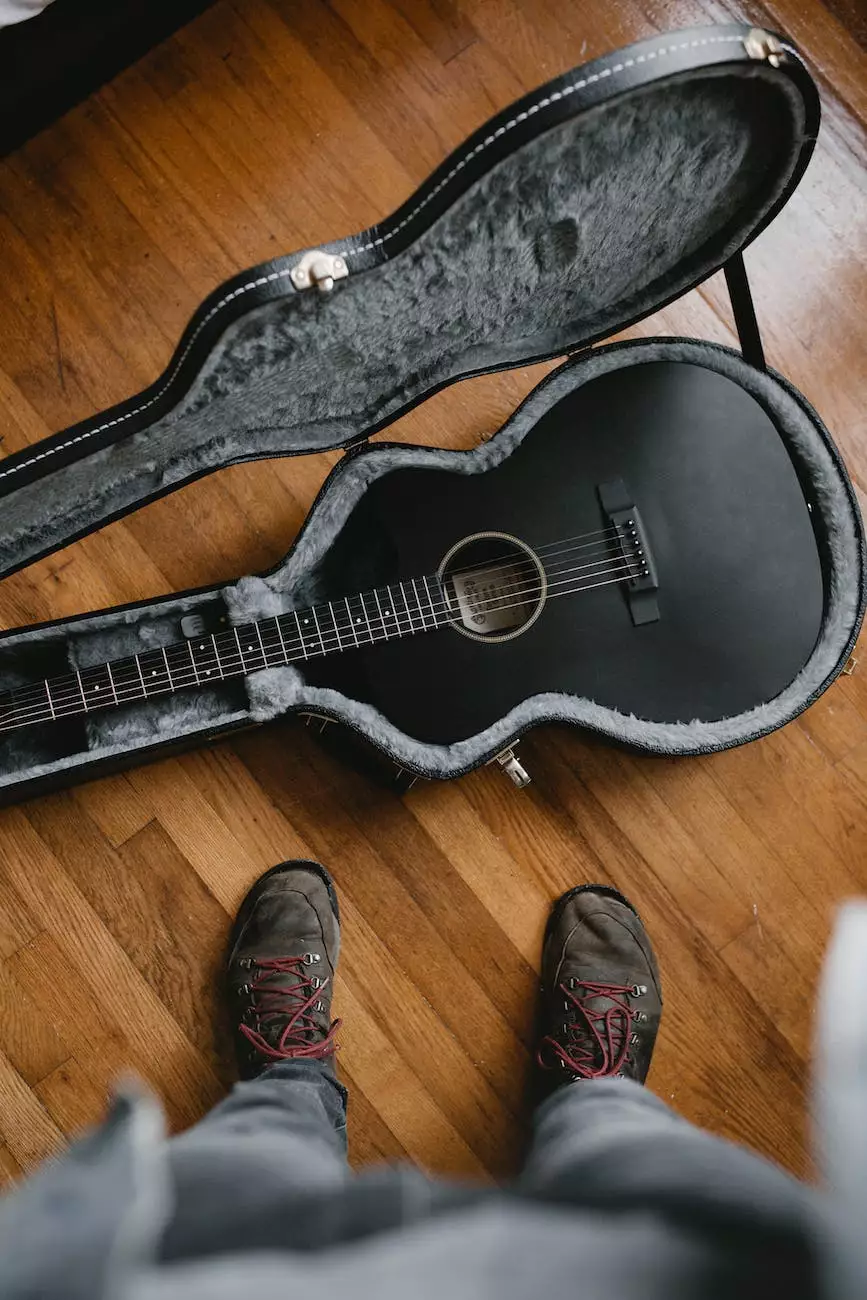How to Read Drum Notation for Beginners

Introduction
Welcome to Kenny Mathews Music, your ultimate resource for all things related to drumming! If you're a beginner drummer who wants to learn how to read drum sheet music, you've come to the right place. In this comprehensive guide, we'll walk you through the process of deciphering drum notation, understanding common drum symbols, and mastering basic drumming techniques. Whether you're a complete novice or have some prior musical experience, our step-by-step instructions and helpful tips will empower you to become a proficient drummer in no time.
Why Learn to Read Drum Sheet Music?
Reading drum sheet music is an essential skill for any drummer. It allows you to communicate effectively with other musicians, follow sheet music arrangements, and play a wide variety of songs in different genres. By understanding drum notation, you'll be able to replicate beats accurately, maintain proper timing, and unleash your creativity by adding your unique drumming style to existing songs. With practice and dedication, reading drum sheet music will open up a world of possibilities and take your drumming skills to new heights.
Getting Started with Drum Notation
Before diving into the world of drum notation, it's important to familiarize yourself with the basic elements. Drum sheet music consists of a musical staff, note symbols, and various markings that indicate specific techniques or articulations. The musical staff is similar to that of other instruments, with lines and spaces representing different pitches. However, drum notation differs in terms of the notes being represented by specific drum instruments rather than pitches. For example, a snare drum note might be notated with an "x" on the staff, while a bass drum note could be represented by an "o." Understanding these symbols will form the foundation for reading drum sheet music effectively.
Deciphering Drum Notation
Decoding drum notation involves understanding the different symbols used to represent various drum sounds and techniques. Here's a breakdown of some commonly encountered symbols:
1. Bass Drum
The bass drum, also known as the kick drum, is usually notated with an "o" on the staff. It produces a low, thudding sound and is played with a foot pedal.
2. Snare Drum
The snare drum is a versatile instrument that is represented by an "x" on the drum notation. It produces a sharp, cracking sound and is commonly played with drumsticks.
3. Hi-Hat
The hi-hat is a pair of cymbals mounted on a stand and played using a foot pedal or drumsticks. In drum notation, it is typically indicated by an "h" or "x" on the staff, depending on the desired sound.
4. Tom-Tom
The tom-tom drums produce melodic tones and are represented by letters such as "L," "H," "M," or "C" on the staff. Each letter corresponds to a specific drum size or pitch.
Mastering Basic Drumming Techniques
Learning to read drum notation is just the first step. To become a proficient drummer, you'll need to master fundamental drumming techniques. Here are some essential techniques to focus on:
1. Single Stroke Roll
The single stroke roll is a basic rudiment that involves alternating drumstick strokes, producing an even and consistent sound. Start by practicing the motion with both hands individually, gradually increasing the speed, and then combine the strokes for a continuous roll.
2. Double Stroke Roll
Similar to the single stroke roll, the double stroke roll incorporates two strokes per hand. Practice the motion by using controlled wrist movements and maintaining equal spacing between each stroke.
3. Paradiddles
Paradiddles are a series of drumming patterns that involve alternating single strokes and double strokes. They enhance your coordination and control over the drumset. Practice paradiddles in various tempos and incorporate them into your drumming exercises.
4. Bass Drum Technique
Developing a strong bass drum technique is crucial for creating powerful and groovy beats. Experiment with different foot pedal techniques, such as heel-up and heel-down, to find the most comfortable and effective method for your playing style.
Practicing with Drum Sheet Music
Now that you're familiar with drum notation and have acquired some basic drumming techniques, it's time to put your skills into practice. Start by choosing simple songs or drum exercises that align with your skill level. Look for sheet music that includes drum notation and play along with the accompanying audio recordings to develop your sense of timing and musicality. Gradually increase the difficulty level as you gain confidence and proficiency.
Additional Tips and Resources
To further enhance your drumming journey, consider the following tips and resources:
1. Take Drum Lessons
Enrolling in drum lessons can provide structured guidance, personalized feedback, and accelerate your learning process. Look for qualified drum instructors in your area or explore online drumming courses.
2. Join a Drumming Community
Connect with fellow drummers through online forums, social media groups, or local drumming circles. Engaging with a community of like-minded individuals can offer valuable insights, support, and opportunities for collaboration.
3. Practice Consistently
To see progress in your drumming skills, consistency is key. Set aside regular practice sessions and establish a practice routine that suits your schedule. Even dedicating a few minutes every day can make a significant difference over time.
4. Explore Drumming Styles
Drumming encompasses a vast range of musical styles, including rock, jazz, funk, metal, and more. Explore different genres to broaden your musical horizons and gain inspiration from diverse drumming techniques and rhythms.
5. Utilize Online Resources
The internet offers a plethora of valuable resources for drummers of all levels. Visit reputable websites, watch tutorial videos, and explore drumming apps to supplement your learning experience.
Conclusion
Congratulations! You've now gained a solid foundation in reading drum notation and mastering essential drumming techniques. Remember that becoming a proficient drummer takes time, patience, and practice. Embrace the joy of drumming, experiment with different styles, and continue learning and refining your skills. With dedication and perseverance, you'll develop your unique drumming voice and embark on a rewarding musical journey. Stay tuned for more drumming tips and tutorials at Kenny Mathews Music!










